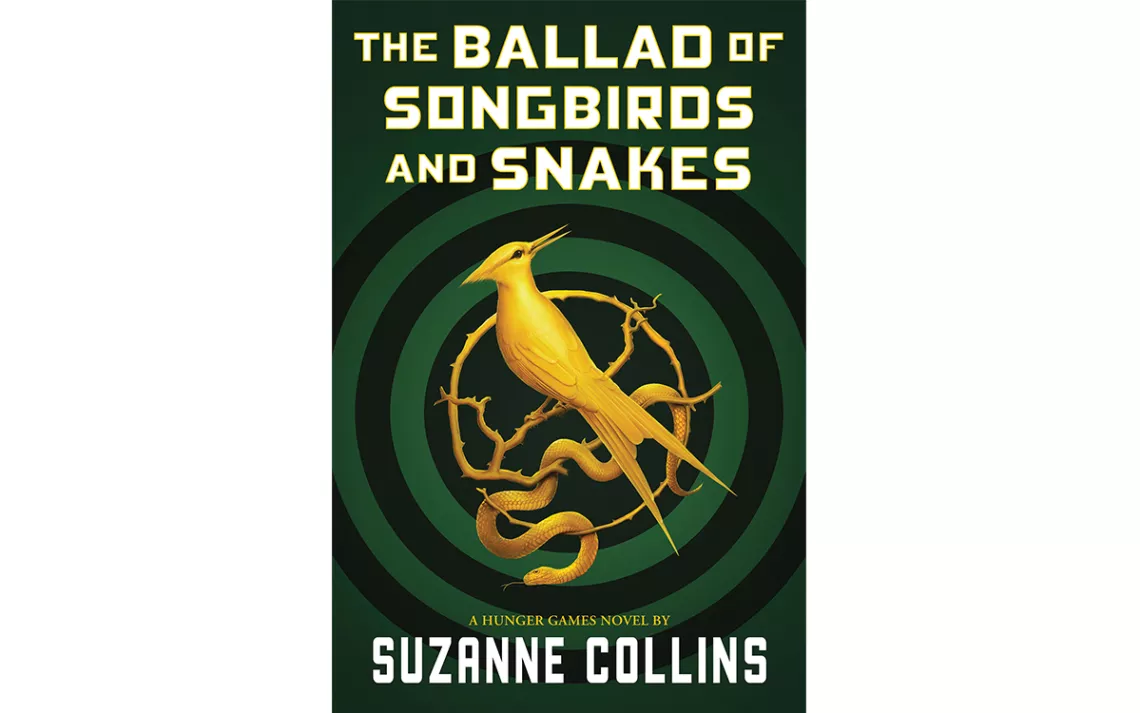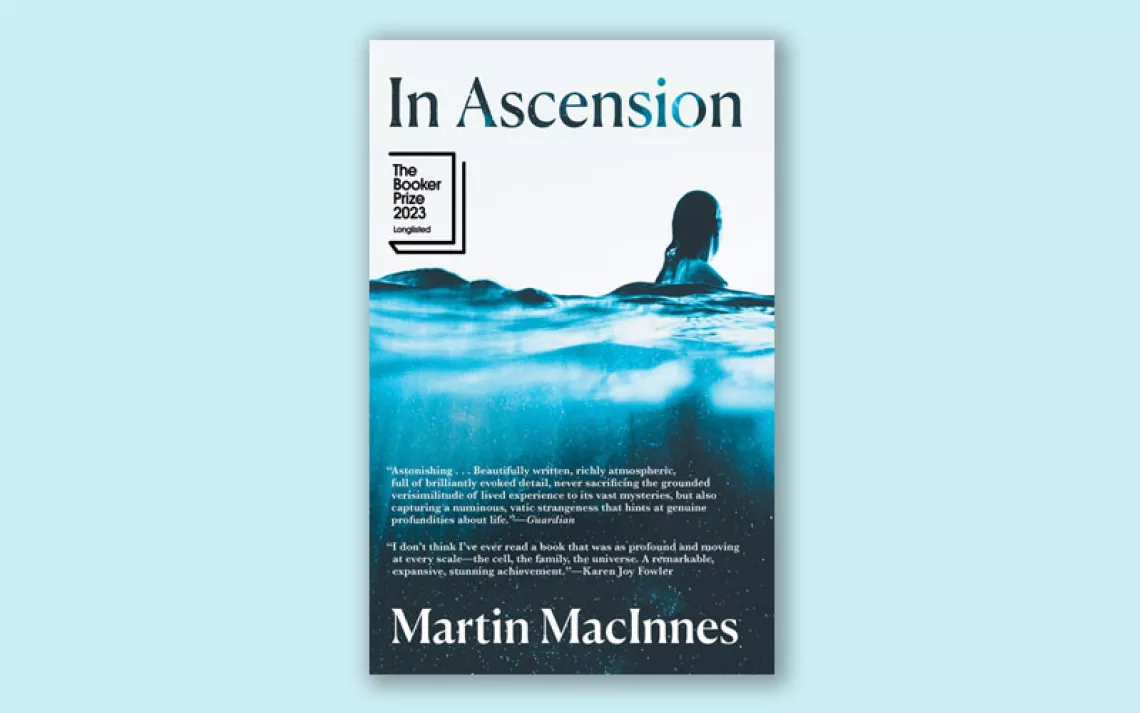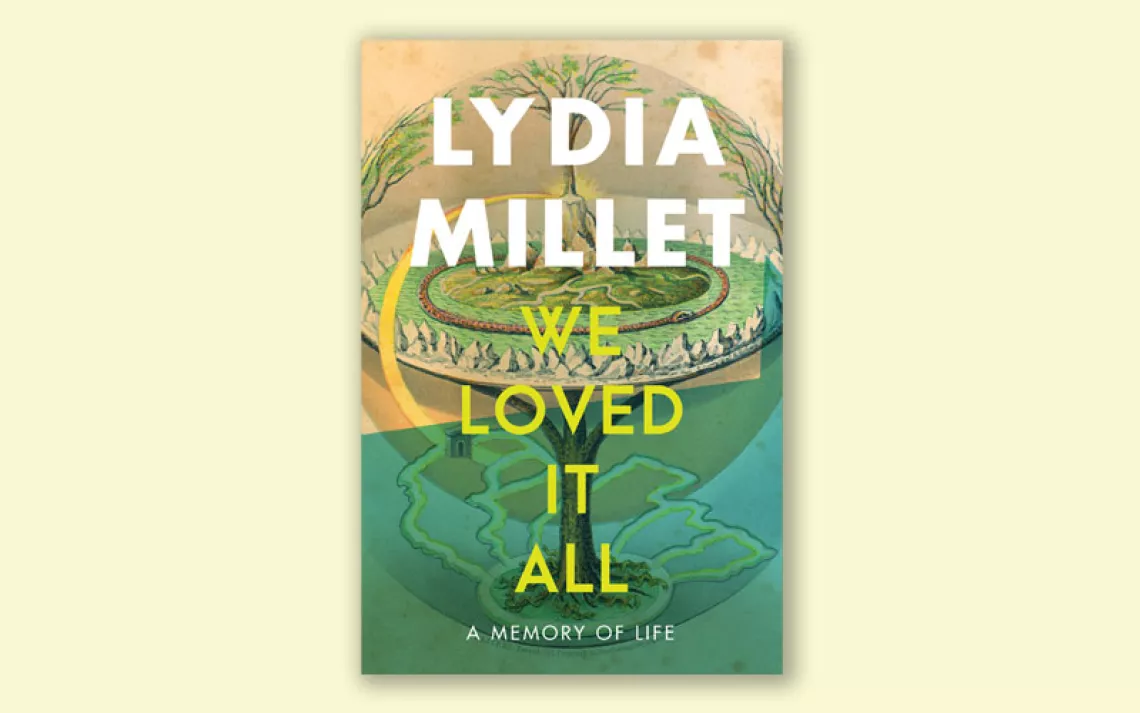The Making of an Anti-Hero
Sierra unpacks “The Ballad of Songbirds and Snakes”

Photo by Clicksby/iStock
When Suzanne Collins’s novel The Hunger Games was published in 2008, its heroine, Katniss Everdeen, and the dystopian world she inhabits captivated readers. The first in a trilogy of the same name, the book begins on the day of the reaping, when 24 tributes—a boy and a girl from each of the 12 districts of Panem—are selected at random to take part in the annual Hunger Games, a gladiator-style competition with only one survivor. Katniss winds up as the female tribute from District 12, and her gripping struggle to outlast the games ensues.

The Ballad of Songbirds and Snakes, the long-awaited prequel to the trilogy (out this May from Scholastic), also begins on the day of the reaping. The story takes place 64 years earlier just as Panem is emerging from the shadow of a long and brutal civil war, and it follows 18-year-old Coriolanus Snow, the future president of Panem. In the opening scene, Coriolanus is preparing for the reaping, but unlike Katniss, he’s not at risk of becoming a tribute. He’s a resident of the Capitol, which defeated the districts in the war and has inflicted the Hunger Games on them as a punishment for their insubordination. Ten years in, the games lack the pageantry that will later come to define them, and most of the citizens of Panem don’t even tune in to watch. As a student at the prestigious Academy, Coriolanus has been selected—along with 23 of his classmates—to mentor a tribute in the games in the hopes of spicing things up and garnering interest. He’s assigned the girl from District 12, the poorest, most wayward district, but his tribute, Lucy Gray, is gritty and resourceful, and he commits himself to helping her win.
Both the trilogy and the prequel draw readers into the grim and brutal world of the arena, where children are essentially forced to murder each other for their own survival. In The Hunger Games (and its sequel, Catching Fire, 2009) our view of the arena is up close and personal—we enter it along with Katniss, and through her interactions with the other tributes, we experience the best and worst of human nature: amoral self-interest versus the drive to protect others.
In The Ballad of Songbirds and Snakes, our foray into the arena lacks this visceral immediacy. Through a strange sequence of events, Coriolanus ends up briefly thrust into the bombed-out amphitheater where the battle is being held, but for the most part, readers see the games unfold as televised, from the safety of the Academy. This emotional distance, paradoxically, makes the violence harder to bear, and for this reader at least, rather tedious. There are 24 tributes in all—so 23 losers—and Collins makes us slog through each gruesome death (a few die before even getting to the arena since the whole lot are dumped in the zoo days before the games start and given hardly any food or water).
Coriolanus himself is an emotionally distant character who lacks empathy for others. The son of a wealthy industrialist who died in the war, he is primarily concerned with hiding his family’s current poverty and retrieving their former glory. “Snow lands on top,” he and his cousin say to bolster each other in hard times. He feels no sympathy for anyone from the districts, blaming them for the war and the suffering that resulted, and he tends to see even his closest peers through the lens of what he can gain or lose by associating with them.
None of this is surprising if you’ve read the Hunger Games trilogy (or watched the blockbuster movies) and know who Coriolanus is destined to become. Fast forward 64 years, and he’s a sadistic leader with a long trail of poison victims stretching behind him. Nevertheless, his inherently cold nature makes it hard to invest emotionally in the saga of his early days. His love interest in the story is a colorful character, but Coriolanus is so possessive and his perceptions of her are so one-dimensional that we don’t really get to know her as a separate, complicated person worth rooting for.
The Ballad of Songbirds and Snakes is perhaps most interesting, then, for the opportunity it presents to compare the character of Coriolanus with that of his eventual nemesis, Katniss.
Katniss is hardly a perfect heroine, but adversity propels her toward a cause greater than herself, and she becomes the symbol of a reinvigorated rebellion. Coriolanus, meanwhile, seems to respond to hardship by retracting into his meaner, baser instincts. Having experienced the terror and deprivation of war, he wants nothing more than security, and for him this means control, which he seeks out at every turn. When, in part three of the prequel, he finds himself in the forest outside District 12, he instantly dislikes it: “Thick trees, vines, and underbrush grew every which way. The disorder alone felt disturbing. And who knew what sort of creatures inhabited it? The medley of buzzing, humming, and rustling set him on edge.” For Coriolanus, the chaos of nature evokes the chaos of war, of societal breakdown.
Decades later, Katniss will roam the same forest, illicitly hunting game. She’ll find there not only sustenance but a fragile peace of mind, and a sense of identity apart from the oppression she experiences in her daily life. She’ll also develop the hunting skills that enable her to survive the games.
In other words, both Coriolanus and Katniss experience trauma, but their coping mechanisms set them on wildly divergent paths. Ultimately, Coriolanus gravitates toward a vision of society in which order is enforced by state-imposed violence while Katniss embraces a vision in which individual self-interest aligns with the collective good. That we each have a role to play in creating one or the other of these visions may be the most important lesson that this latest addition to the Hunger Games franchise has to offer.
 The Magazine of The Sierra Club
The Magazine of The Sierra Club







